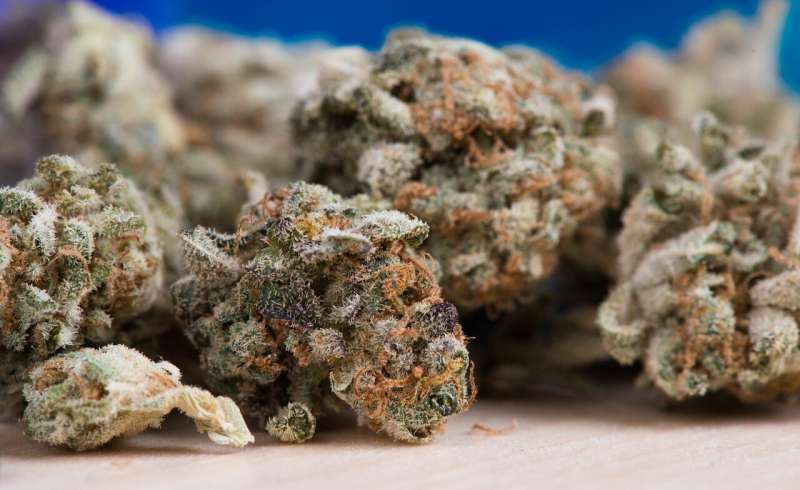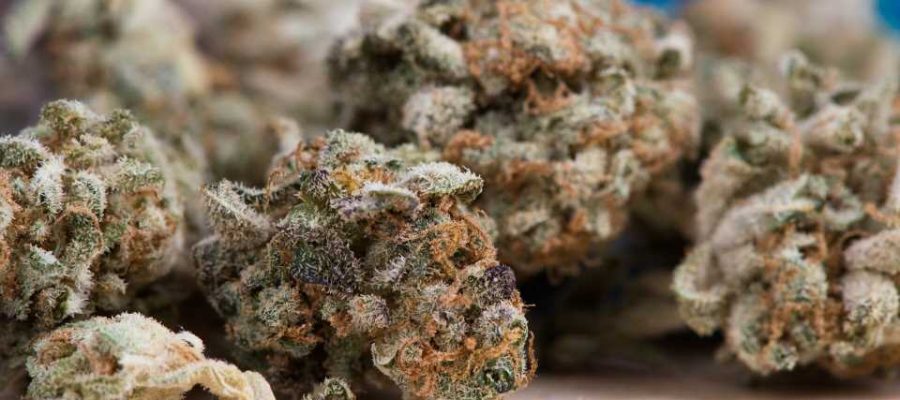
The increased legalization of cannabis over the past several years can potentially increase its co-use with alcohol. Concerningly, very few studies have looked at the effects of these two drugs when used in combination. In a series of new studies, researchers at the University of Illinois Urbana-Champaign used rats to understand how brain structure and behavior can change when cannabis and alcohol are taken together.
Most researchers have studied the effects of either alcohol or THC (delta-9-tetrahydrocannabinol), the primary psychoactive drug in cannabis alone. However, when people, especially adolescents, use these drugs, they often do so in tandem. Even when researchers study the co-use of these drugs, it involves injecting the animals with the drugs, which does not mirror what happens in humans.
“It’s rare that a person would have these drugs forced upon them. Also, other studies have shown that the effects of a drug are very different when an animal chooses to take it compared to when it is exposed against its will,” Lauren Carrica, a graduate student in the Gulley lab. “Our study is unique because the rats have access to both these drugs, and they choose to consume them.”
The researchers used young male and female rats to mimic adolescence in humans. During feeding time, the animals were exposed to recreational doses (3 mg/kg–10 mg/kg) of THC that were coated on Fudge Brownie Goldfish Grahams and a sweetened 10% ethanol solution. The control group of rats was fed just the cookies and sweetened water in addition to their regular food.
“Training them to eat the drug was simple. We mimicked the timing that humans are more likely to take the drugs—at the end of the day. We did not deprive them of food or water. They were given an alcohol bottle in place of their water bottle during the access period, and they preferred eating the cookies over their regular chow,” said Nu-Chu Liang, an associate professor of psychology.
After 20 days of increasing THC doses, rats were drug-free as they grew into young adulthood. The researchers took blood samples from the rats and also tested their memories to see if the co-use of drugs had any effect. Briefly, rats were required to remember the location of a target lever after a delay period that ranged from very short to very long. If they remembered the location and pressed the target lever, they earned a food reward. If they responded on the wrong lever, no food was delivered.
“The effects were more pronounced in females, and they had higher levels of chemicals that are produced when THC is broken down. Even so, the influence of THC on memory was modest,” Carrica said. “These volitional, low-to-moderate doses of alcohol, THC, or both drugs did not induce long-lasting, serious cognitive defects.”
“The subtlety of these effects is not surprising because we have modeled how these drugs are taken in a social setting over a relatively short period of time,” said Joshua Gulley (GNDP), a professor of psychology. “Our results with the female rats are in agreement with other research that has shown that women who take edibles often have a different experience, which may be due to differences in how their bodies break down the drug.”
In this first study, the researchers were unable to expose the rats to higher levels of THC because the rats would ignore the THC-laced cookies. “When you gave them higher doses, some animals lost interest in the cookies, and it is unclear why. It’s possible that they don’t like the higher doses, or there is something about the taste or smell that becomes aversive,” Gulley said.
Although there were modest differences in behavior, the group still wanted to check whether anything had changed in the signaling pathways in the brain, especially at higher levels of THC. In the second paper, they did so by injecting alcohol-drinking or non-drinking adolescent rats with THC doses ranging from 3 mg/kg to 20 mg/kg. Similar to the first study, the injections and alcohol drinking were then stopped, and the rats were tested once they reached early adulthood.
Just like humans, rat brains undergo significant changes during adolescence, particularly in the prefrontal cortex, which helps them adapt to changing environments. The neurons in the prefrontal cortex modify their connections—a process referred to as synaptic plasticity—from the end of adolescence into young adulthood, according to Gulley.
The researchers wanted to test whether drug exposure during adolescence could change the ability of the brain to undergo synaptic plasticity as an adult. Therefore, they sacrificed the rats and measured the electrical signals generated in the brain.
“We found that alcohol and THC together significantly reduced, and in some cases prevented, the ability of the prefrontal cortex in drug-exposed rats to undergo plasticity in the same way that the brains from control animals can,” said Linyuan Shi, a graduate student in the Gulley lab.
“The effects were apparent in rats exposed to either drug alone, and they were most pronounced with co-exposure to both drugs. We also found the impaired plasticity was likely due to changes in signaling caused by gamma-aminobutyric acid, a chemical messenger in the brain. When we used a chemical that enhances GABA, it could rescue the deficits we saw in the animals that had been exposed to the drugs.”
The researchers are now interested in understanding which neurons are involved in the response to the drugs. “From these studies, and the work our group has done with methamphetamine, we know that drug exposure during adolescence has the ability to disrupt cognitive functioning by altering the development of neuronal signaling in the prefrontal cortex. Although different drugs influence the brain in different ways, they might have the same effect on the brain that can manifest as cognitive disruptions later in life,” Gulley said.
“Our ultimate goal is to harness our knowledge of these changes to develop treatment approaches for reversing cognitive dysfunctions that are associated with long-term drug use and addiction.”
The studies are published in the journals Neuropharmacology and Behavioural Brain Research.
More information:
Linyuan Shi et al, Effects of combined exposure to ethanol and delta-9-tetrahydrocannabinol during adolescence on synaptic plasticity in the prefrontal cortex of Long Evans rats, Neuropharmacology (2023). DOI: 10.1016/j.neuropharm.2023.109765
Lauren K. Carrica et al, Effects of combined use of alcohol and delta-9-tetrahydrocannibinol on working memory in Long Evans rats, Behavioural Brain Research (2023). DOI: 10.1016/j.bbr.2023.114475
Journal information:
Behavioural Brain Research
,
Neuropharmacology
Source: Read Full Article
